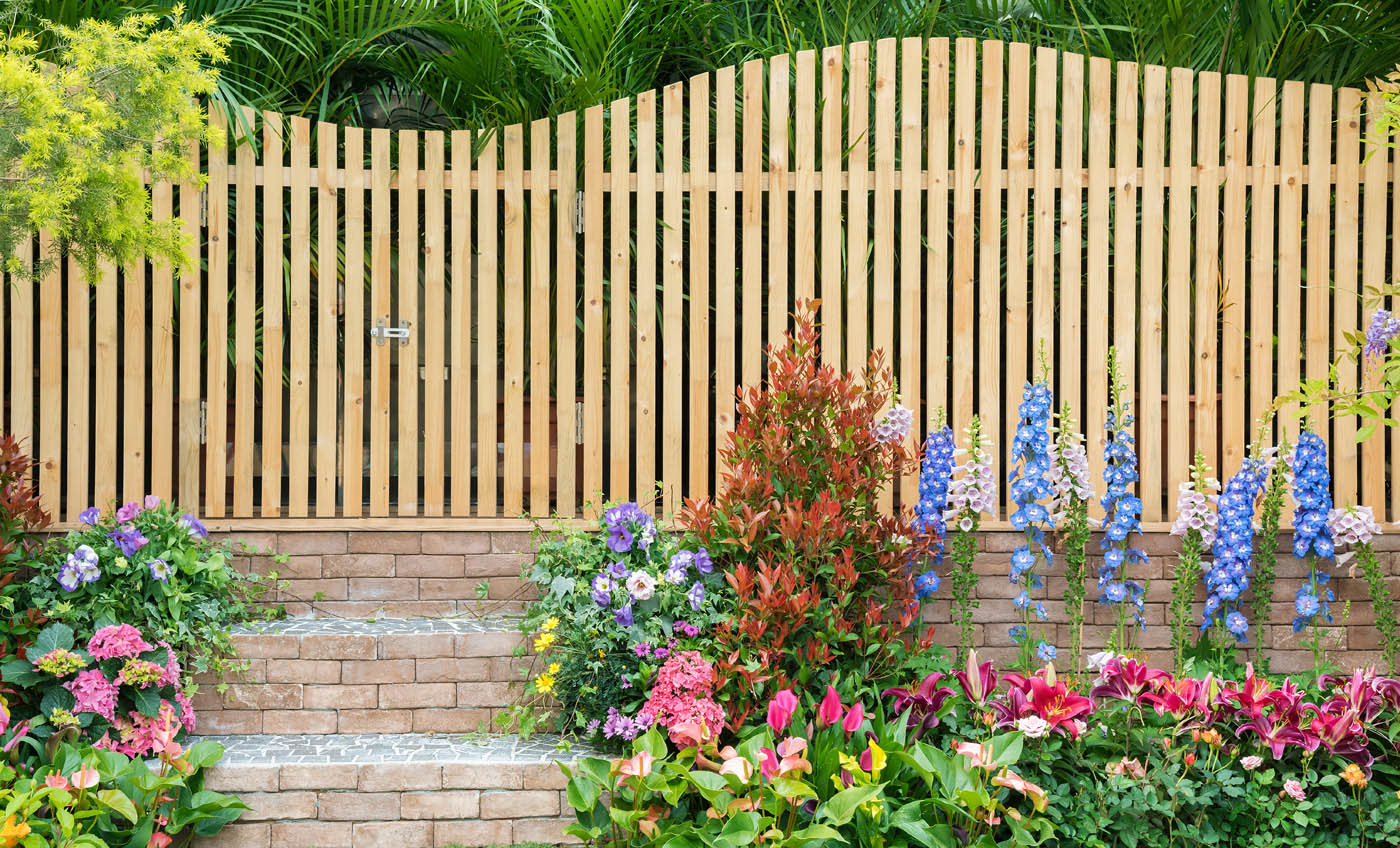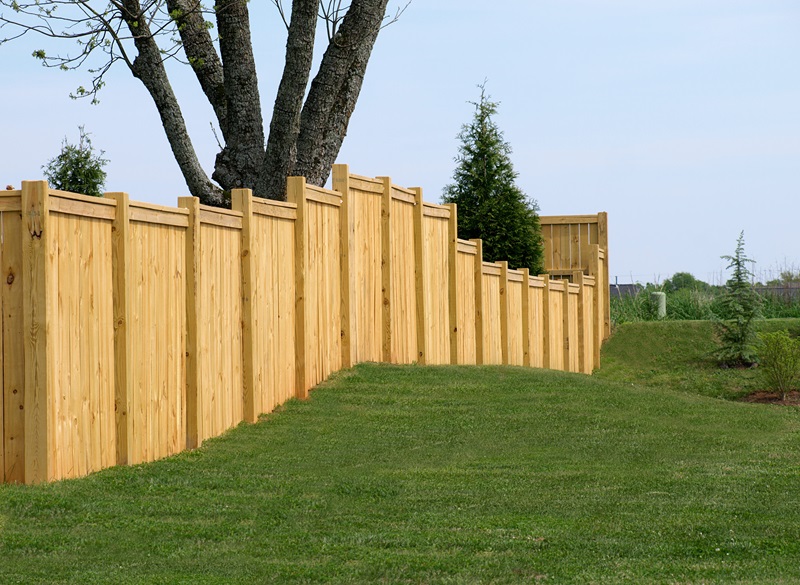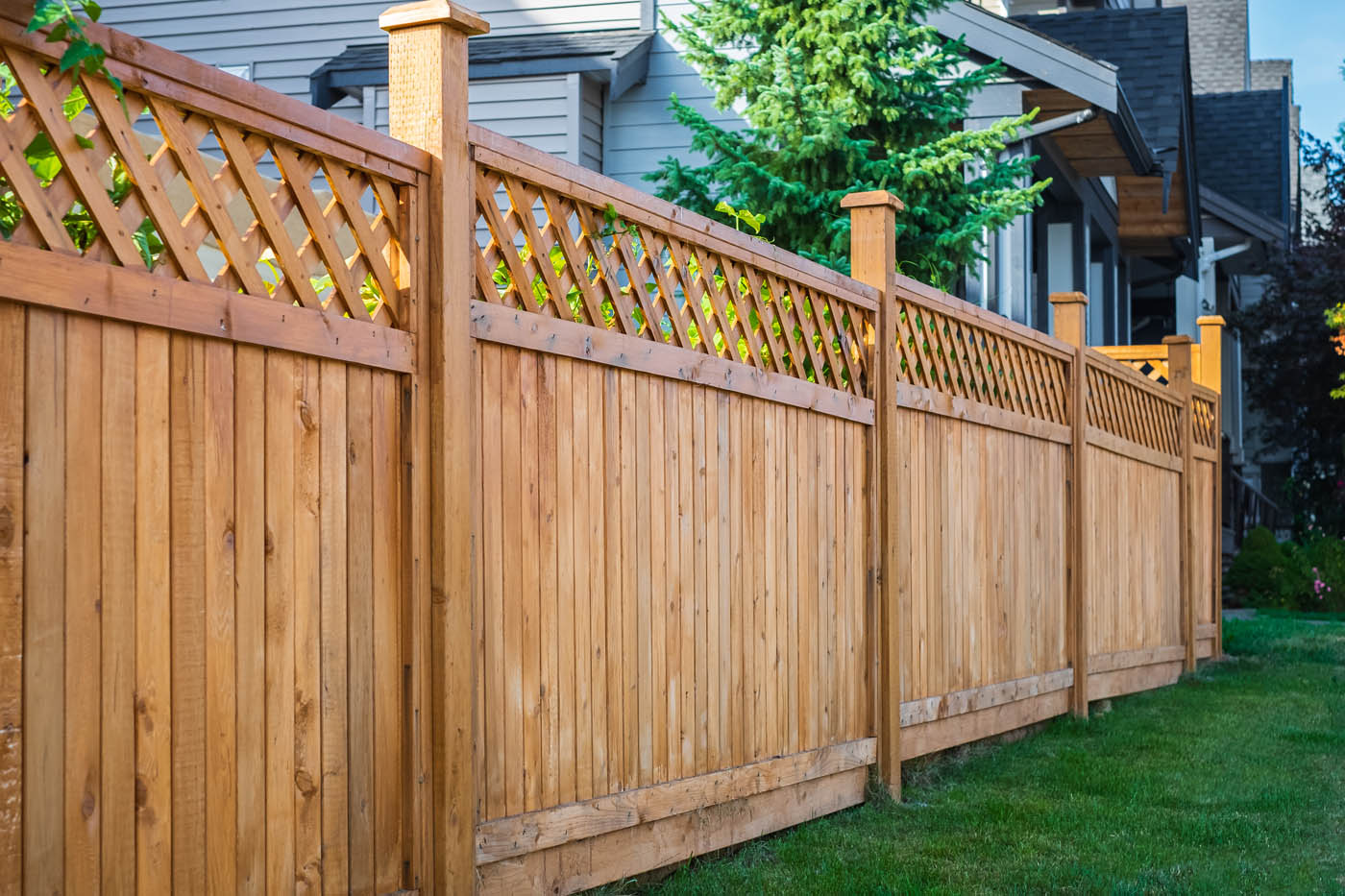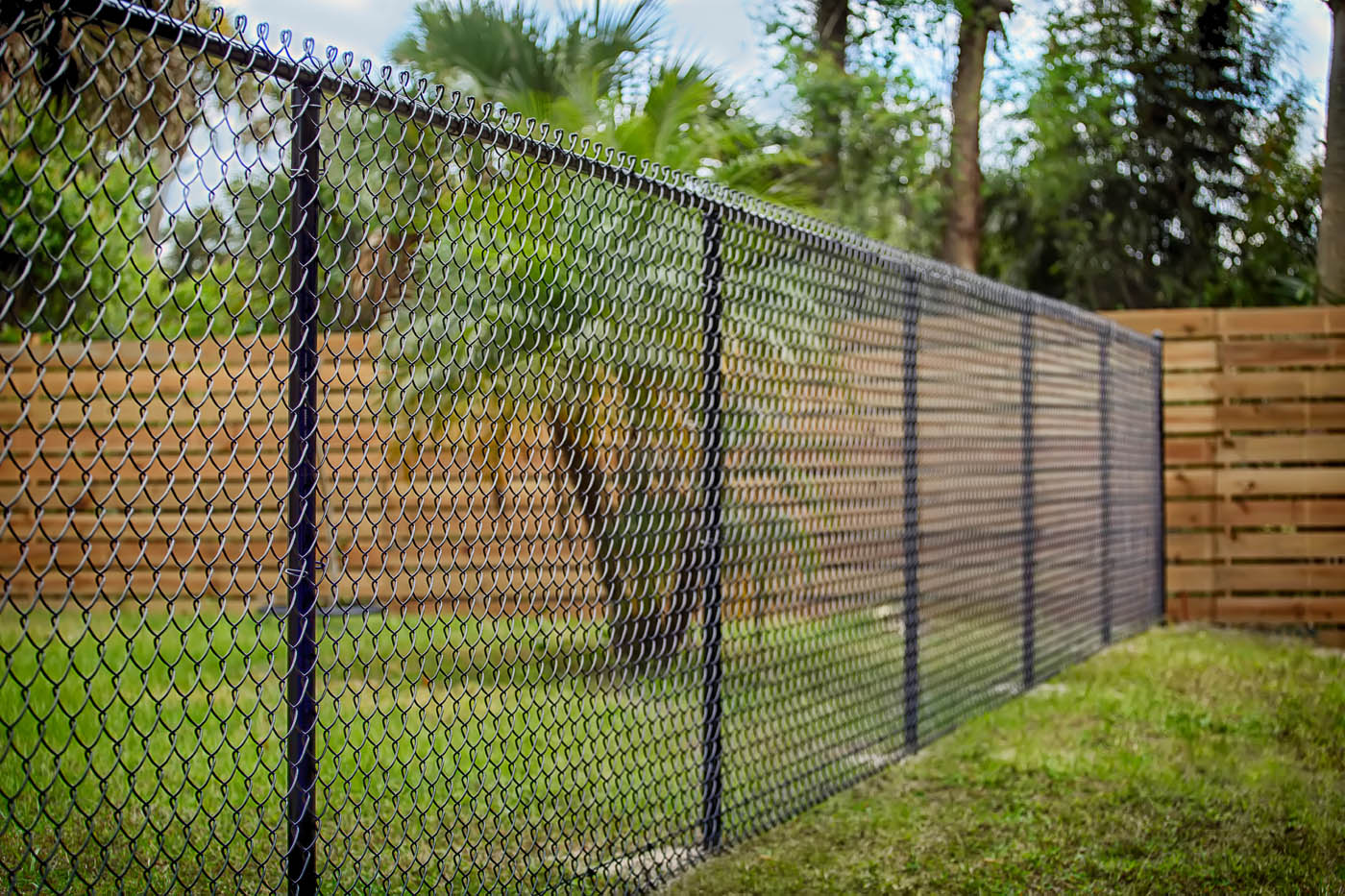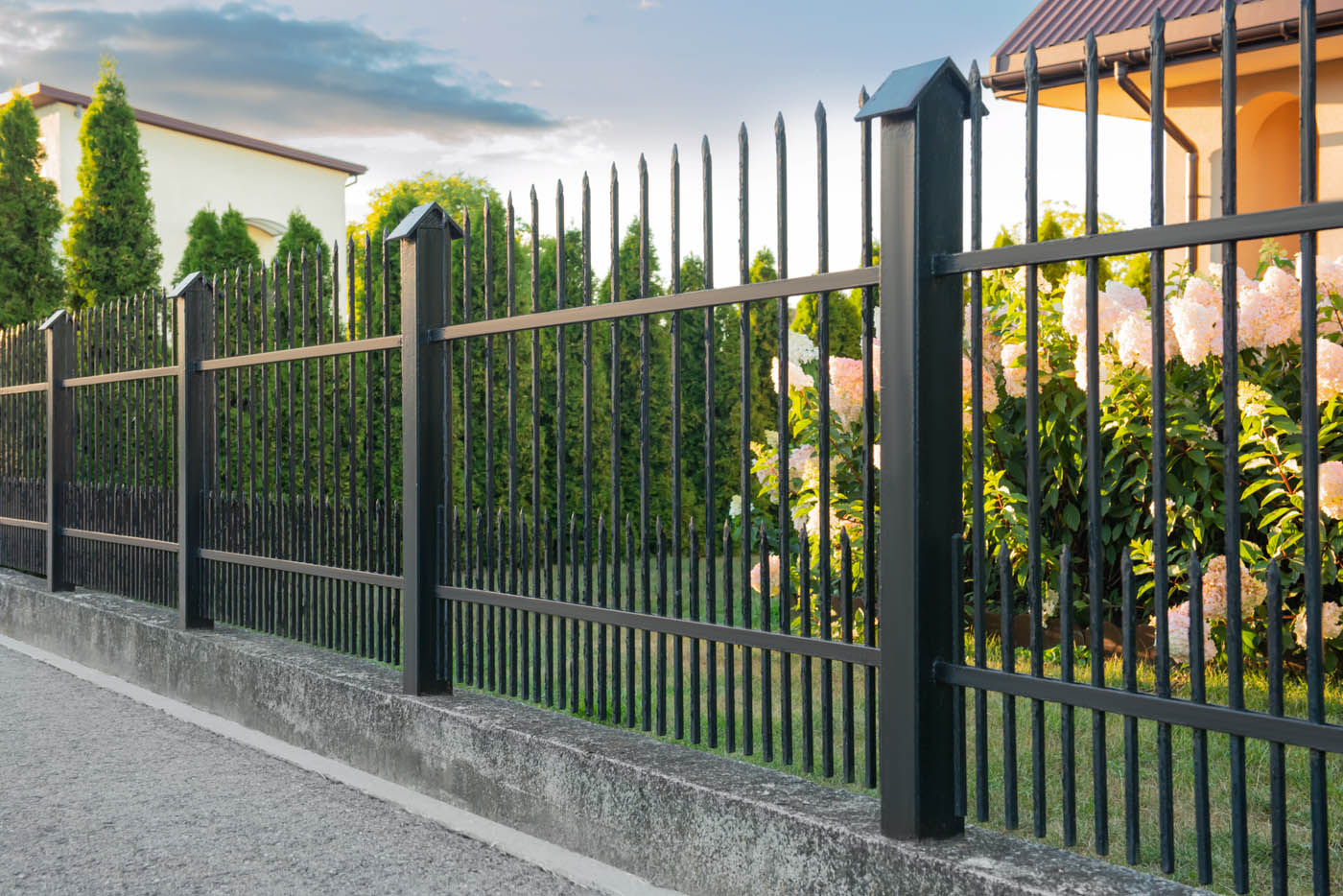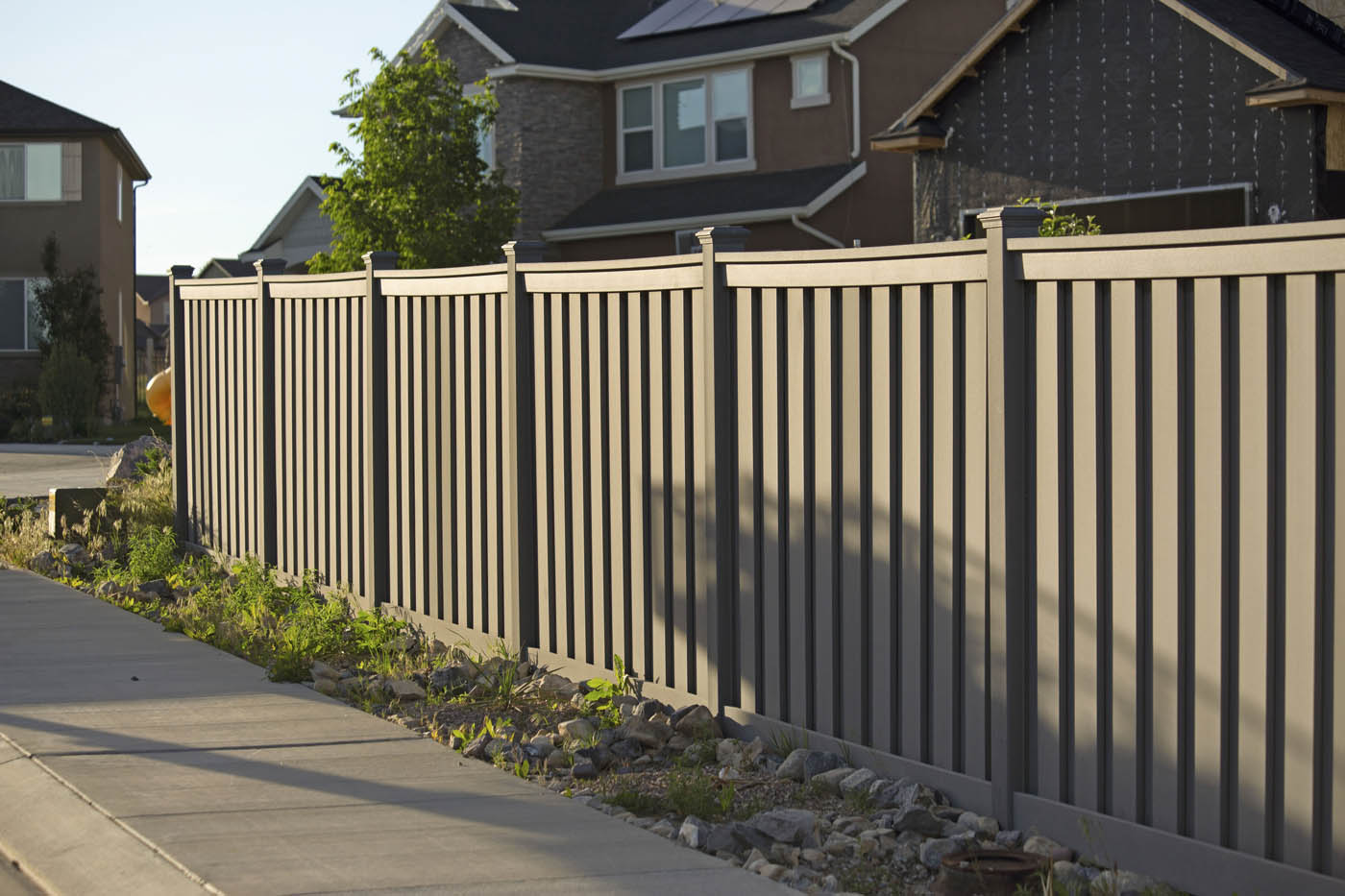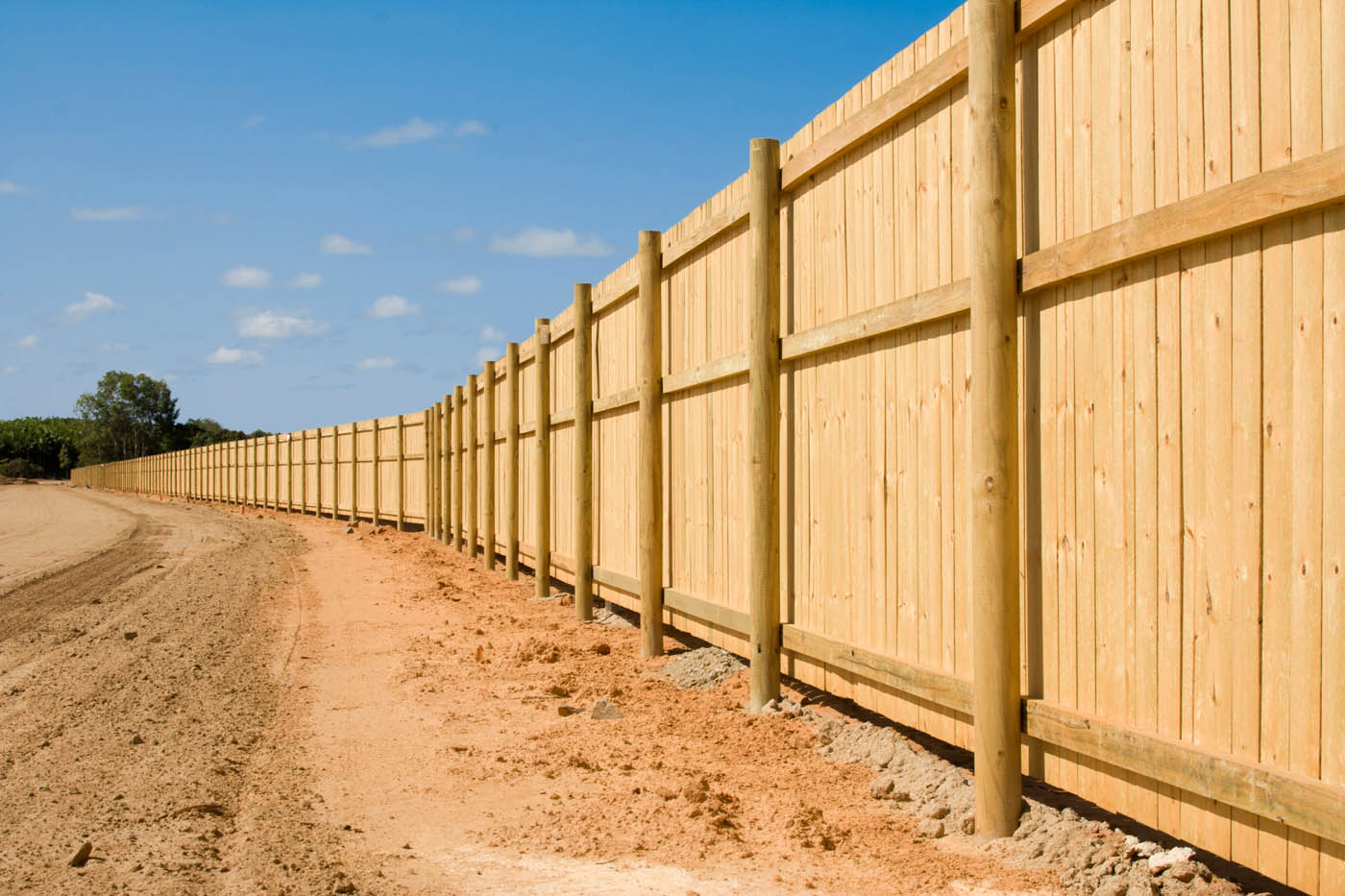Comparing Cedar and Pine Fence Materials: A Comprehensive Analysis
Read More
Read Less
Advantages of Pine Fences
Pine fences are widely favored due to their cost-effectiveness and low maintenance requirements. The prevalent type of pine used in fence construction is Southern yellow pine, treated with chemicals for resistance against weather, insects, and decay. Pressure-treated pine fences are known for their durability in soil conditions, making them a suitable option for fence posts. In some cases, cedar fences may incorporate pressure-treated pine for posts while using cedar for the planks.
Drawbacks of Pine Fences
One drawback of pressure-treated pine is its appearance after finishing. The chemical treatment can result in a greenish hue, which fades over time and can be addressed with paint or stain. Pine is more prone to warping, twisting, buckling, and shrinking compared to cedar. Additionally, the chemical treatment makes it more susceptible to insect damage.
Over time, pressure-treated wood can develop a weathered appearance, especially without consistent maintenance. Despite the initial lower cost, pressure-treated pine fences often have a lifespan of 20+ years, providing a substantial advantage in longevity over cedar.
